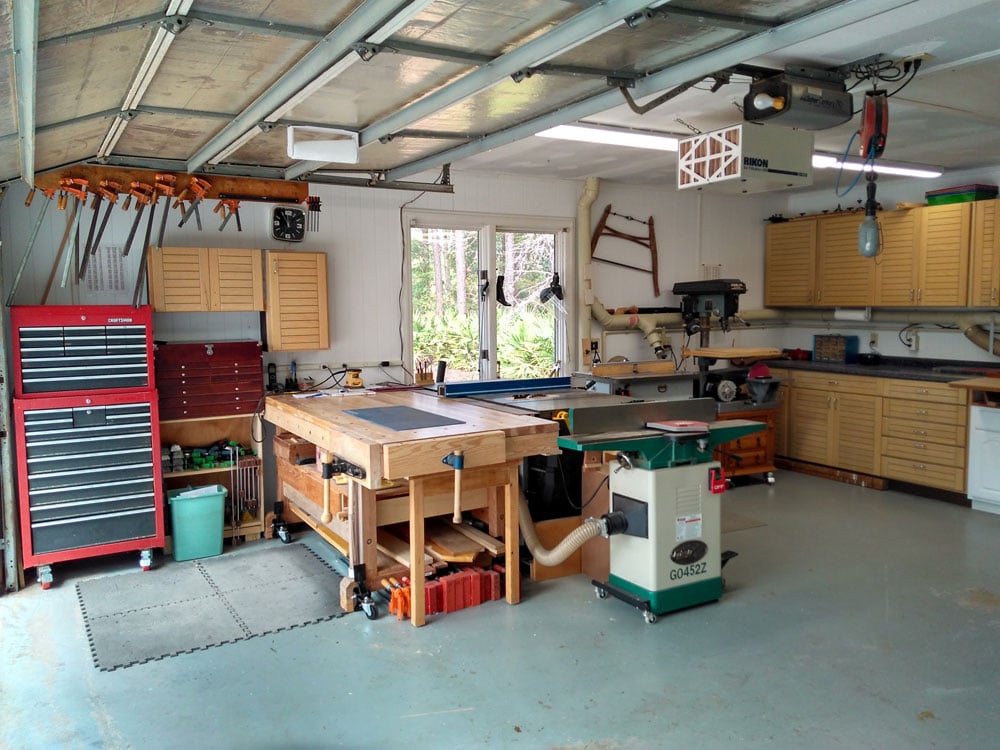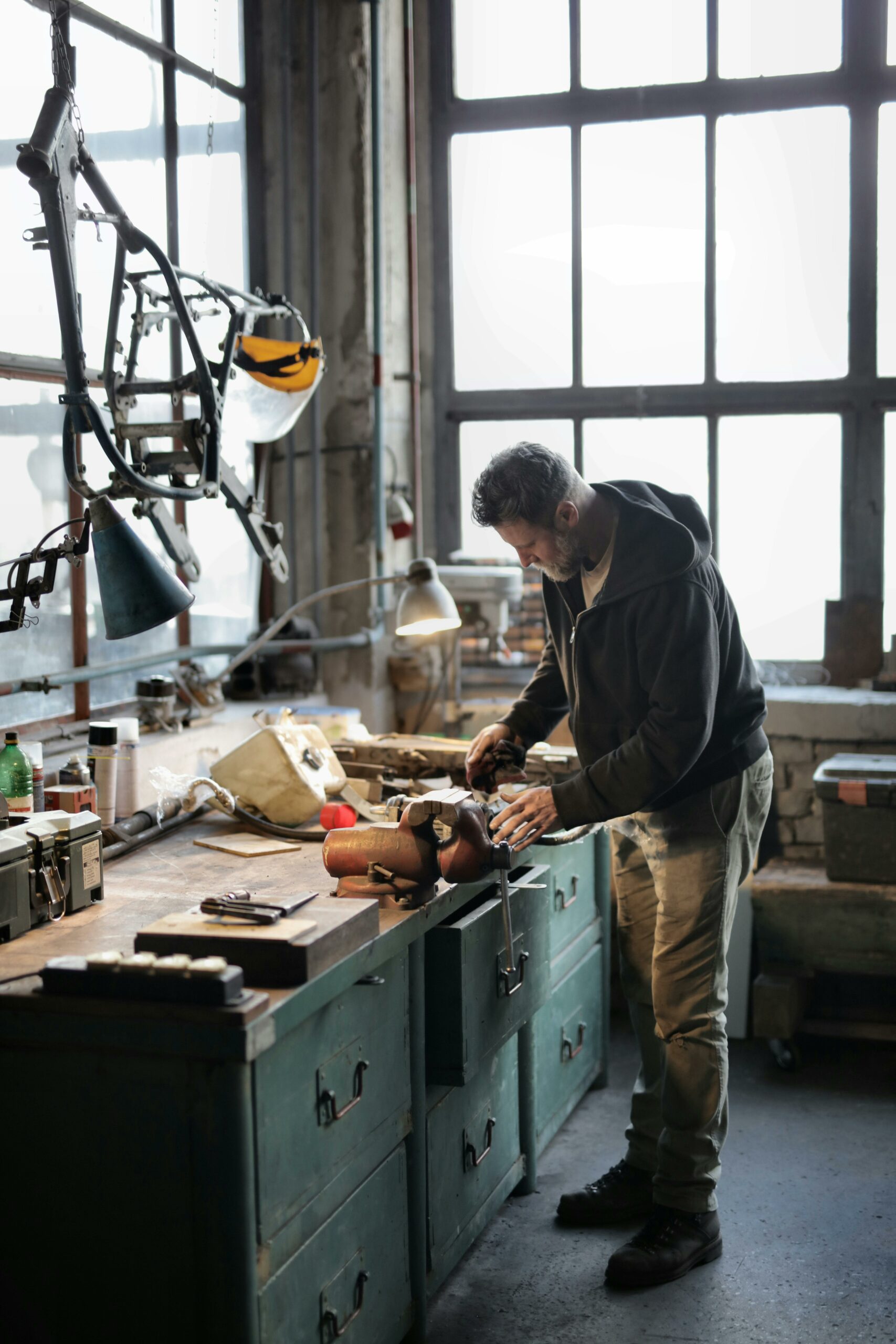Setting Up a Two-Car Garage Woodworking Shop: Essential Tips

Transforming a two-car garage into a functional woodworking shop can be a rewarding project, allowing you to harness your creativity and enhance your skills. However, effective organization and planning are essential to maximize the limited space. Here are some tips to help you set up your ideal woodworking shop.
1. Assess Your Space
Before diving into the setup, evaluate your garage’s dimensions and layout. Consider the available space for equipment, work surfaces, and storage. Take measurements to determine where you can place larger tools like table saws, planers, and jointers without obstructing access to doors or windows. Keep in mind any existing shelving or fixtures that could impact your design.
2. Create a Functional Layout
Design a layout that enhances workflow. A common approach is the “work triangle,” where your most-used tools—such as your saw, workbench, and assembly area—are positioned in a triangular configuration. This setup minimizes unnecessary movement, allowing for a more efficient working environment. Ensure you have enough room for in-feed and out-feed space around larger tools.

3. Invest in Essential Tools
When starting a woodworking shop, prioritize essential tools. A table saw, miter saw, router, and jointer are foundational for various projects. If your budget is tight, consider purchasing used tools or investing in versatile, multifunctional equipment. As your skills and projects grow, you can expand your collection.
4. Optimize Storage Solutions
Effective storage is crucial in a garage workshop. Use wall-mounted shelves, pegboards, and cabinets to keep tools organized and within reach. Vertical storage for lumber, sheet goods, and small parts will help maximize floor space. Consider mobile storage units or carts that can be moved easily as needed, allowing you to adapt your workspace for different tasks.
5. Ensure Proper Lighting and Ventilation
Good lighting is essential for precision in woodworking. If possible, supplement natural light with bright, adjustable LED lights. Ensure that work areas are well-lit to prevent accidents and improve accuracy. Additionally, proper ventilation is vital for safety, especially when working with finishes and adhesives. Consider installing a fan or using a dehumidifier to maintain a comfortable environment.
6. Safety First
Finally, prioritize safety in your workshop. Invest in safety gear, including goggles, ear protection, and dust masks. Ensure that you have a first-aid kit readily available and familiarize yourself with proper tool usage. Keeping your workspace tidy and organized will reduce the risk of accidents.
Setting up a woodworking shop in a two-car garage can be a fulfilling endeavor that nurtures your creativity. By assessing your space, creating a functional layout, investing in essential tools, optimizing storage, ensuring proper lighting and ventilation, and prioritizing safety, you can build a workspace that inspires and supports your woodworking journey. Enjoy the process and happy crafting!
Comments
Add comment